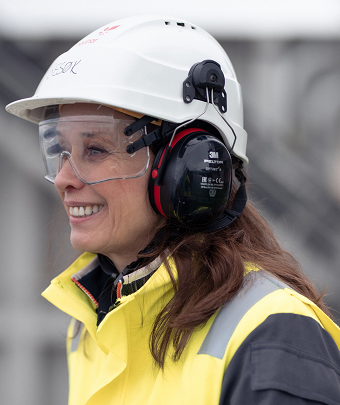The importance of fully engaged leaders
Leadership in industry spans many different roles from CEOs to group technical authorities and operational managers – but they all share expertise in evaluating risks, assessing feasibility, and considering multiple issues.
Engagement with safety and compliance issues is especially important for engineering leaders. It is well known that the leadership of an organisation has the ultimate responsibility if things go wrong. This is especially true in high hazard industries, where consequences can include catastrophic damage to property, injuries, and even multiple deaths. Despite this knowledge, regulators worldwide repeatedly highlight leadership disengagement from technical aspects of the sites they are responsible for as a contributing factor to serious incidents.
EEMUA's Asset Integrity Leadership Certificate training course is based on a Competency Framework put together by EEMUA member companies. It is designed for new and existing leaders on COMAH/Seveso III sites or other high hazard industrial installations. The in-depth four month course prepares and supports leaders for the challenges they face in the key areas consistently highlighted by national safety regulators.
EEMUA guidance also covers senior staff
While it is impractical for heads of large organisations to be aware of every potentially hazardous process or operation being carried out, it is their responsibility to ensure they can have confidence in the chain of competence within their organisation, and to be aware of what the requirements for that competence are.
EEMUA guidance represents industry accepted good practice across a wide range of technical disciplines. It is often regarded as reserved for subject matter experts and operations staff, who refer to it as an essential reference for engineering operations. While this is true for some publications, many EEMUA publications also reference essential requirements for senior staff in organisations that should be followed to meet good practice principles and, in some cases, local regulations.








